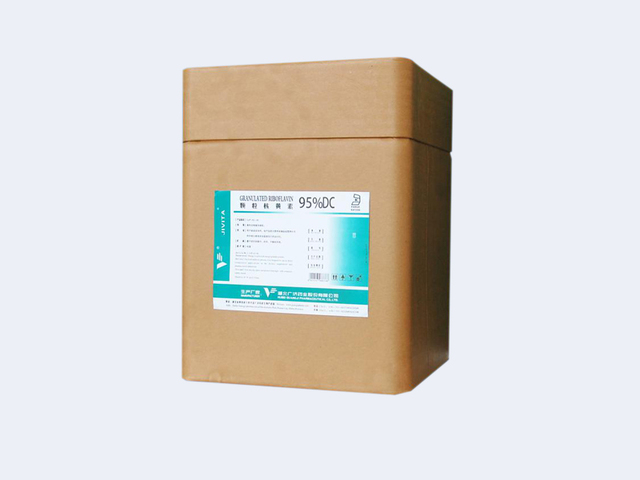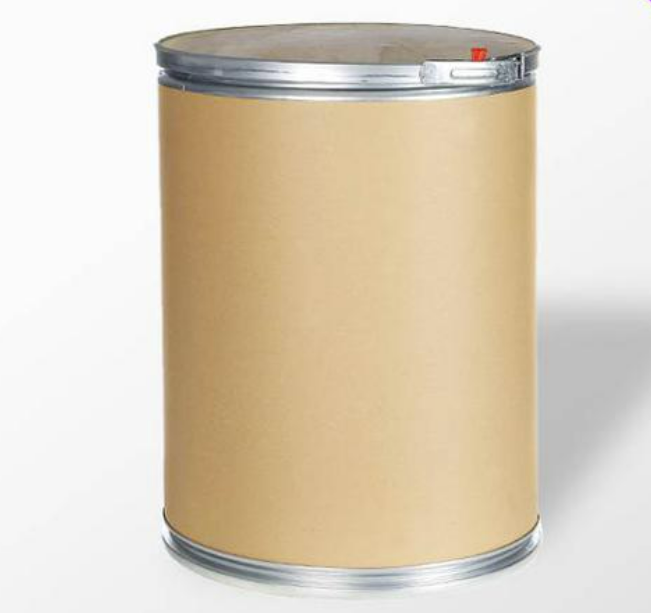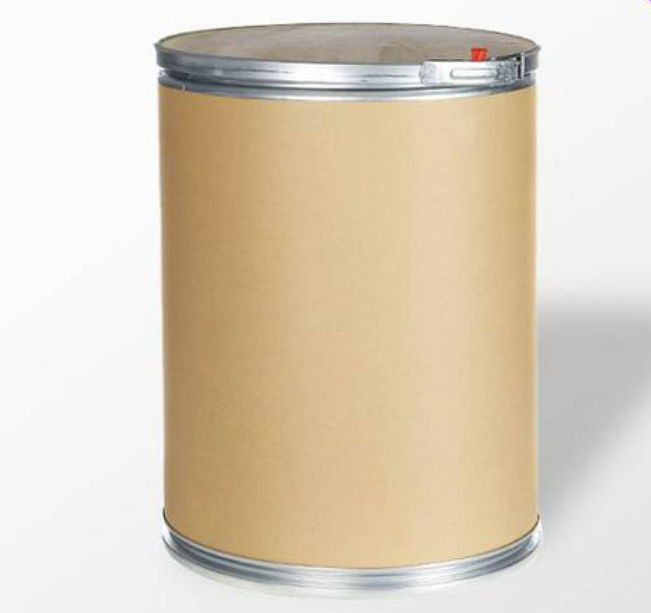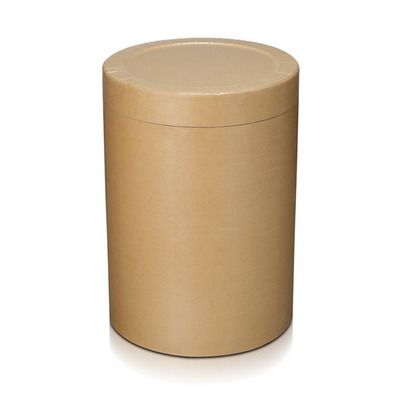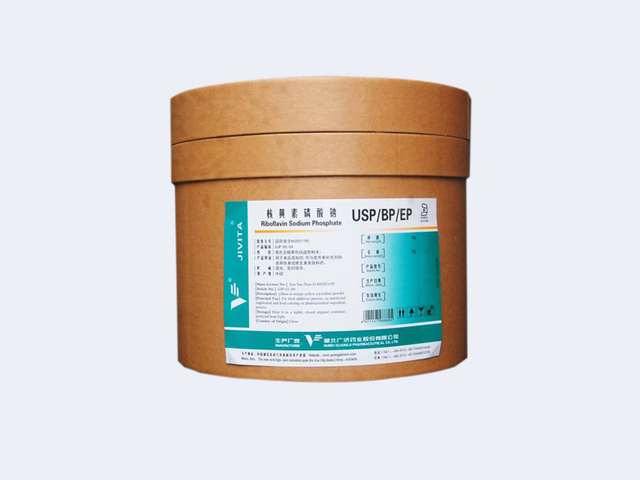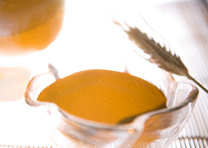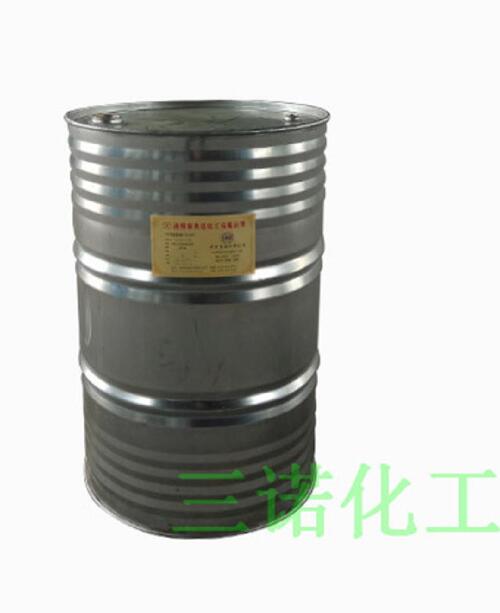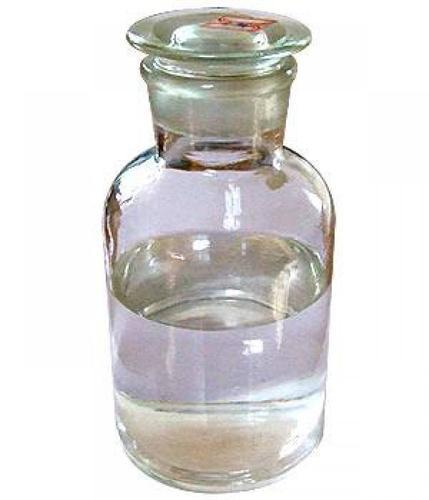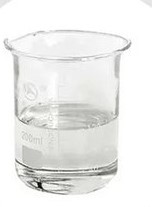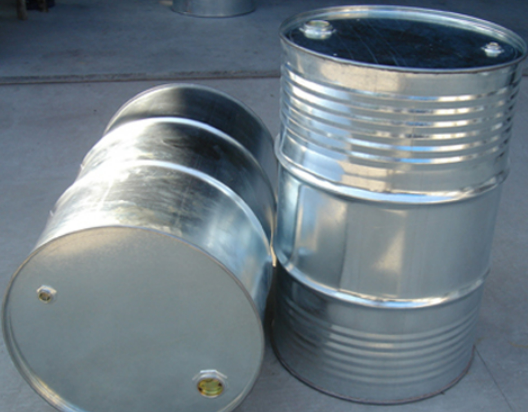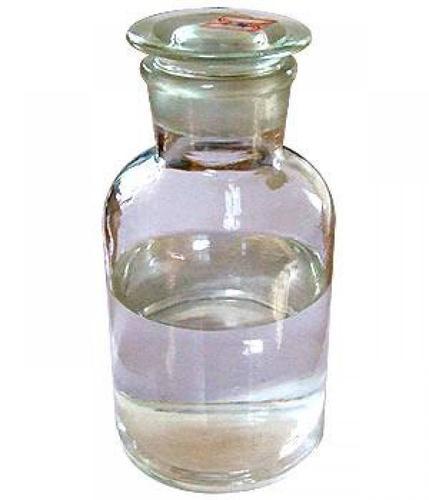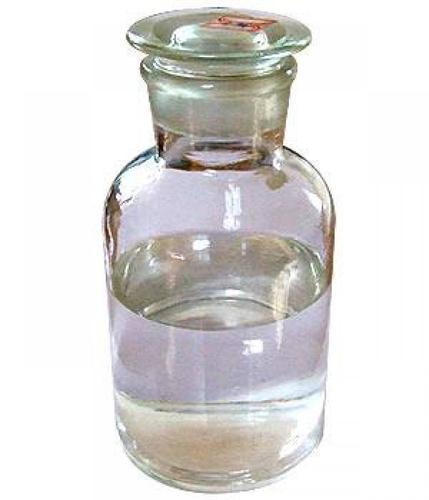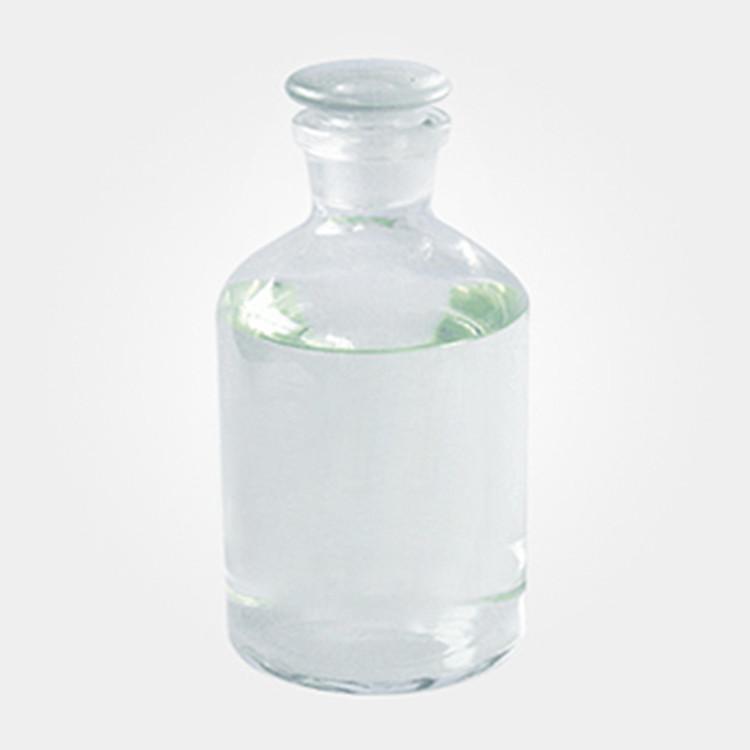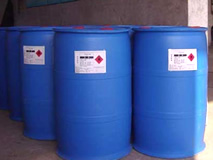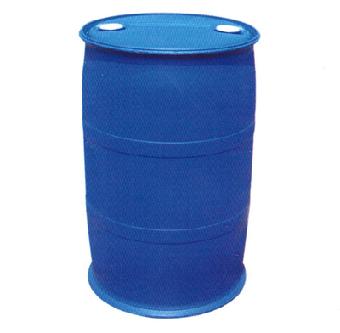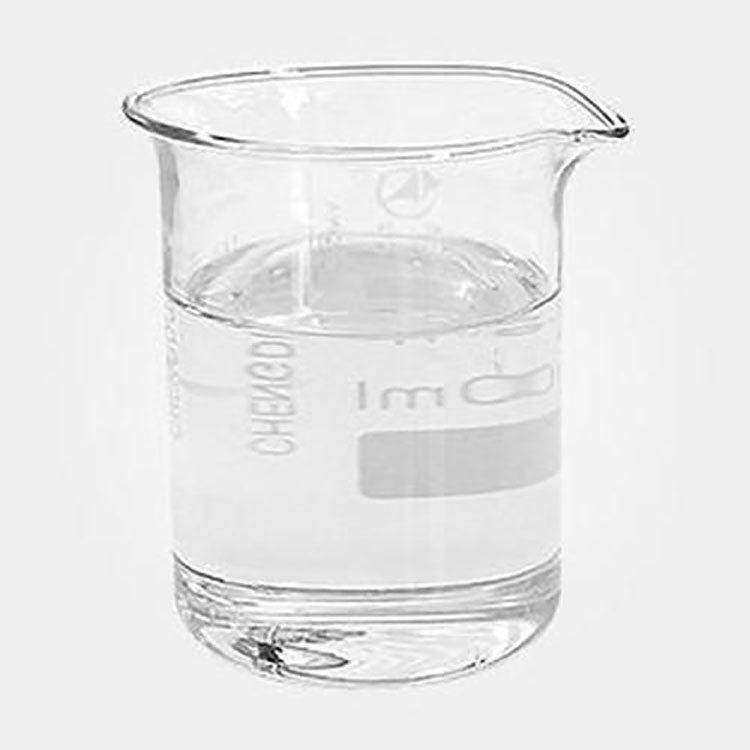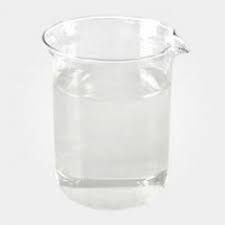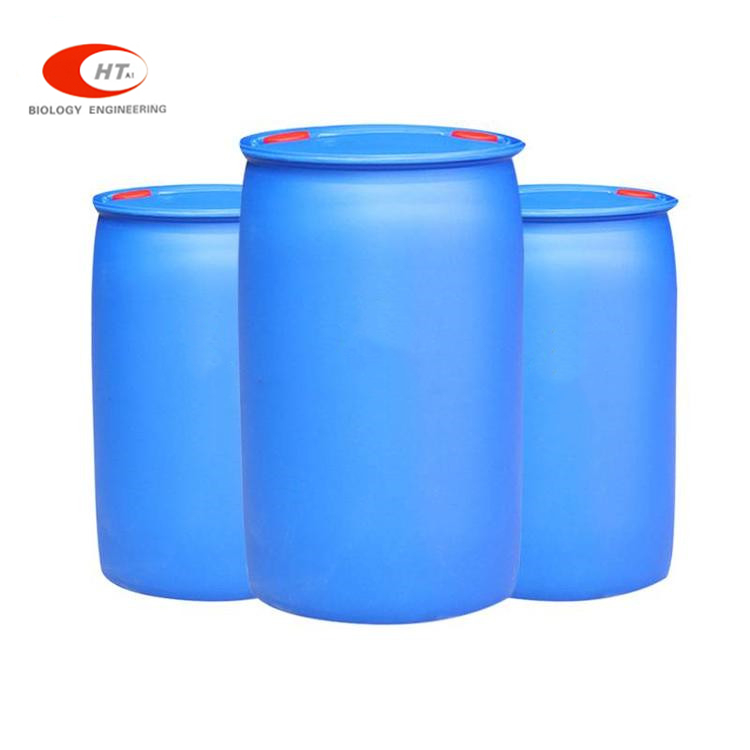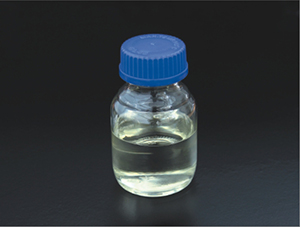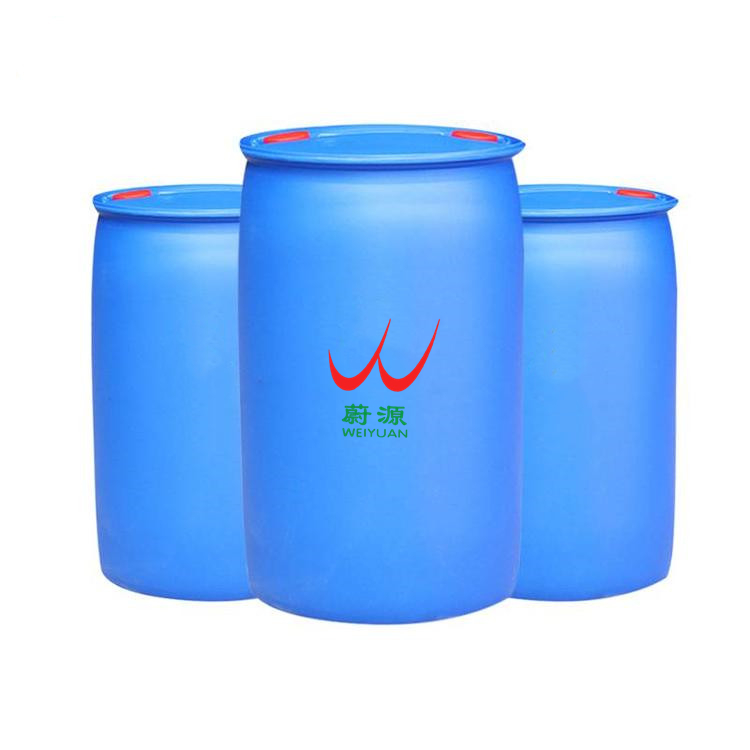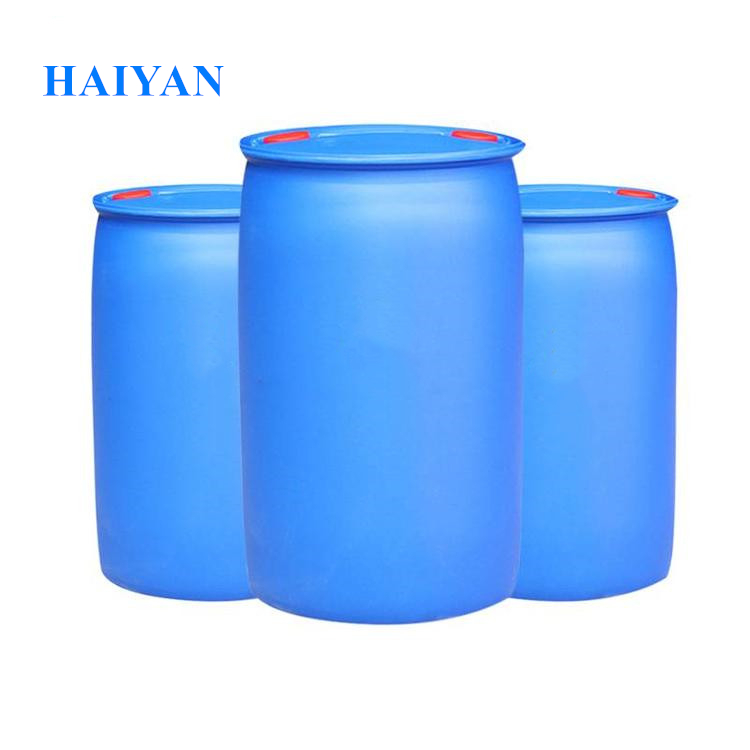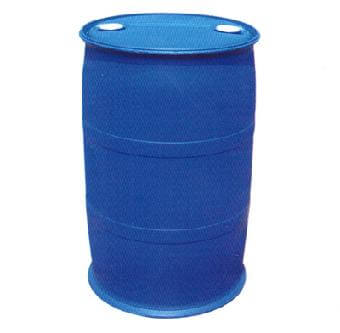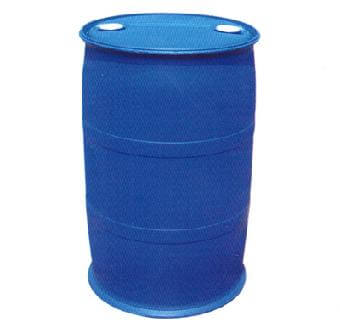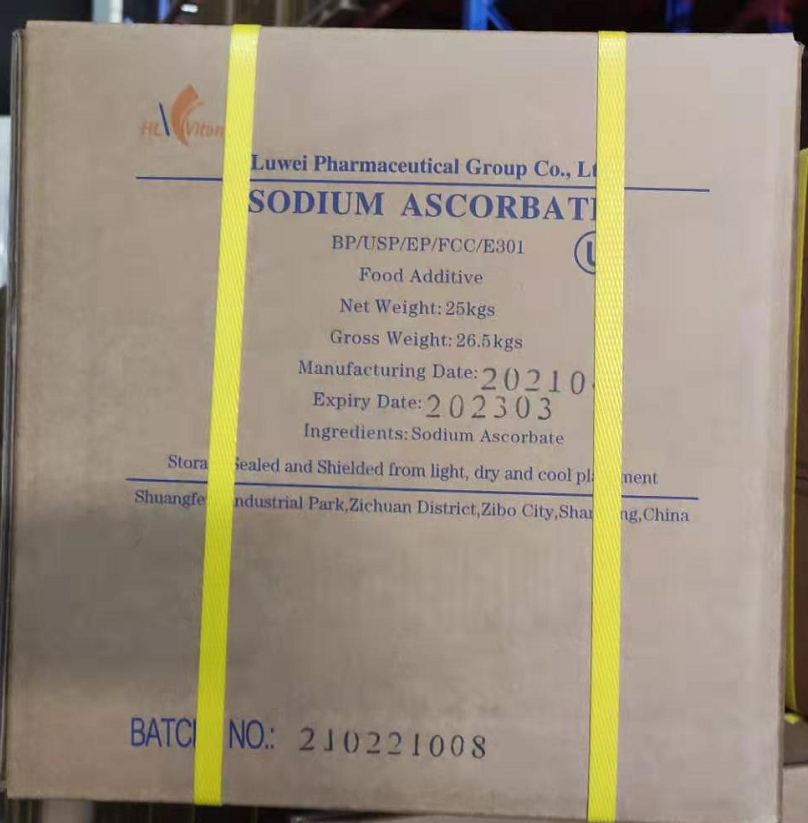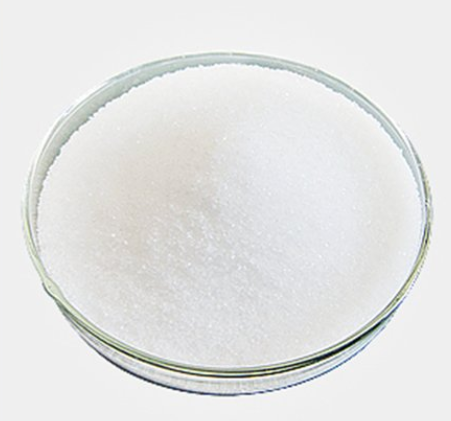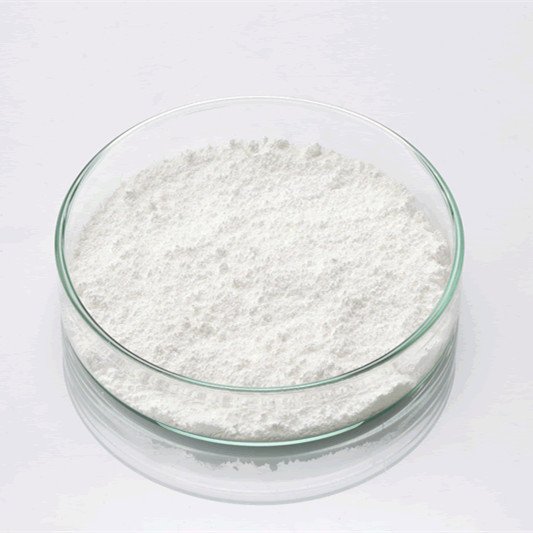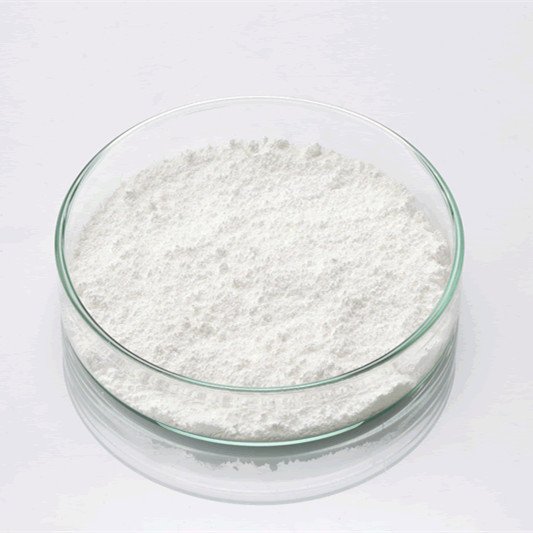Cosmetics
Find
703
related chemicals for you
CAS:83-88-5
Molecular Formula:C17H20N4O6
Alias
More Information
Riboflavin; Vitamin B2; Riboflavine; Lactoflavin
Brief Introduction
Riboflavin is mainly used as medicine, food additive and feed additive. In medicine, riboflavin is used as compound vitamin or vitamin B2 preparation, and as yellow colorant of sugar coated tablets and capsules. When it is used as food additive, it can strengthen nutrition on the one hand, and it can also be used as yellow colorant on the other hand.
Suppliers
View More Vendors (6) >
CAS:111-87-5
Molecular Formula:C8H18O
Alias
More Information
Alcohol C-8; Capryl Alcohol; Caprylic Alcohol; Heptyl Carbinol; N-Capryl Alcohol; N-Octyl Alcohol; Octyl Alcohol
Brief Introduction
It can be used in the peach, pineapple, coconut, chocolate, citrus and Guo Xiangji flavors in the form of rose, jasmine, Syringa, tofu pudding, honey, orange blossom, citrus, Radix Pincus, Cologne, pine needles, etc.
Suppliers
View More Vendors (6) >
CAS:123-51-3
Molecular Formula:C5H12O
Alias
More Information
3-Methyl-1-Butanol; Isoamylol; 2-Methyl-4-Butanol; Isopentyl 3-Methyl-2-Butenoate; 3-Methylbutyl Alcohol; Isopentyl Alcohol; 3-Methyl-Crotonsaeure-Isopentylester; 1-Butanol, 3-Methyl-; Isobutylcarbinol; 3-Methyl-Crotonic Acid Isopentyl Ester; Isoamyl Senecioate; 3-Methyl-1-Butyl 3-Methyl-2-Butenoate; 3-Methyl-Butan-1-Ol; I-Pentyl Alcohol; Isopentanol; 3-Methyl-Butanol; 3-Methyl-1-Butano; 3-Methylbutanoi; 3-Metil-Butanolo; Alcool Amilico; Alcool Isoamylique; Alcoolamilico; Alcoolisoamylique
Brief Introduction
Isoamyl alcohol is one of the aroma components of fresh tea leaves, black tea and green tea. It is a colorless liquid with alcohol odor and toxic vapor. Slightly soluble in water, miscible with ethanol and ether. It is obtained by fractional distillation from mixed alcohols formed by chlorination and hydrolysis of fusel oil or pentane. Isoamyl alcohol can be used as solvent and flotation agent of nonferrous metal minerals, as well as pharmaceutical and photographic drugs.
Suppliers
View More Vendors (6) >
CAS:124-07-2
Molecular Formula:C8H16O2
Alias
More Information
Octylic Acid; Octanoic Acid; N-Octanoic Acid; Octocapric Acid; Heptane-7-Carboxylic Acid
Brief Introduction
This product can be used as edible flavor, for the synthesis of dyes, spices and medicine, and for the preparation of pesticides, fungicides, plasticizers, etc.
Suppliers
View More Vendors (6) >
CAS:134-03-2
Molecular Formula:C6H7NaO6
Alias
More Information
L-Ascorbic Acid Sodium Salt; Sodium Ascorbate; Vitamin C Sodium; L(+)-Ascorbic acid Sodium salt; Vitamin C Sodium salt; (+)-Sodium L-Ascorbate
Brief Introduction
Sodium L-Ascorbate is the main intermediate product in the production of vitamin C. at the same time, sodium vitamin C is also an important food additive. It can be used as an antioxidant to prevent the discoloration and flavor deterioration of food and beverage. It is widely used in the preservation and fixation of ham, sausage and cake, as well as the anti mildew of moon cake. It is also used in cosmetics for anti wrinkle, anti-aging and whitening, It has the dual functions of supplementing VC and enhancing the absorption of calcium, with stable performance.
Suppliers
View More Vendors (6) >
Northeast Pharmaceutical Group Co.,Ltd.
USP/BP
/
Food Grade
25kg
/
Fibre Drum
Inquiry (
10
/ 10
)
Clear All
You can inquire for up to 10 products at a time
Sign In
Error!

